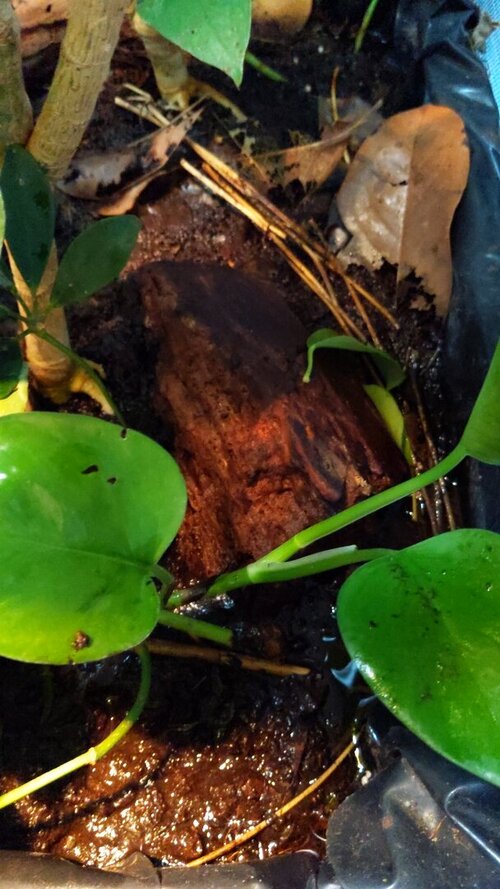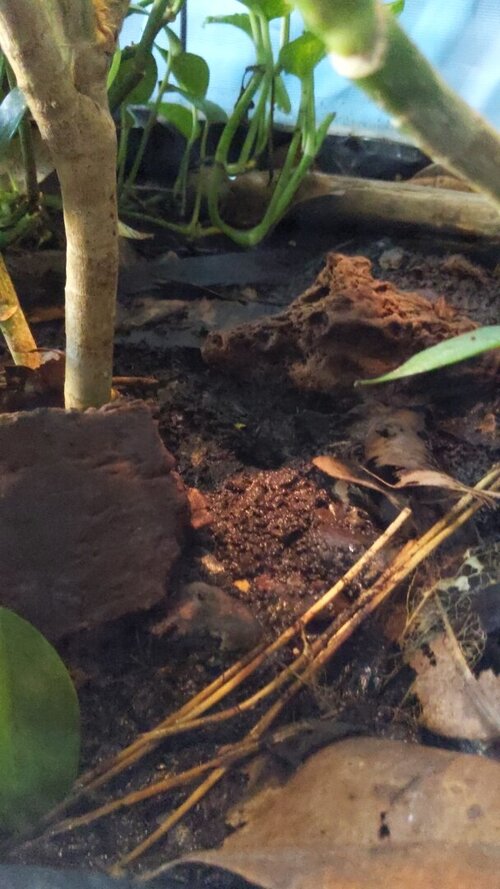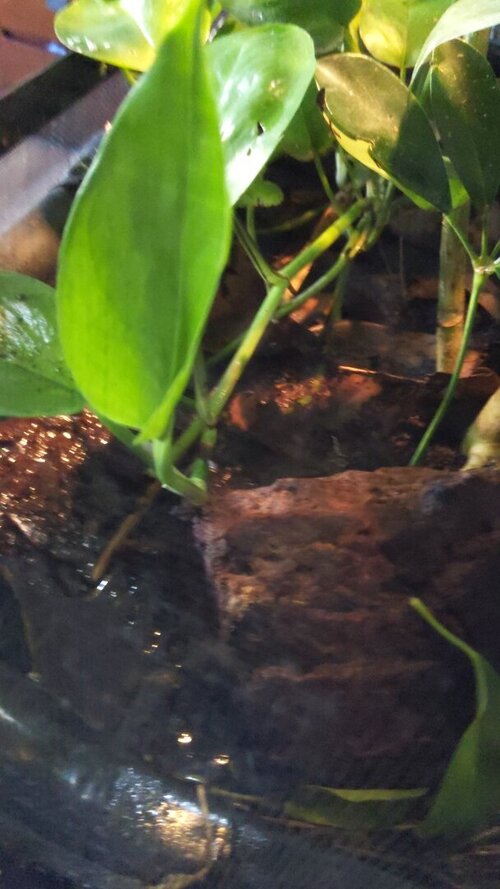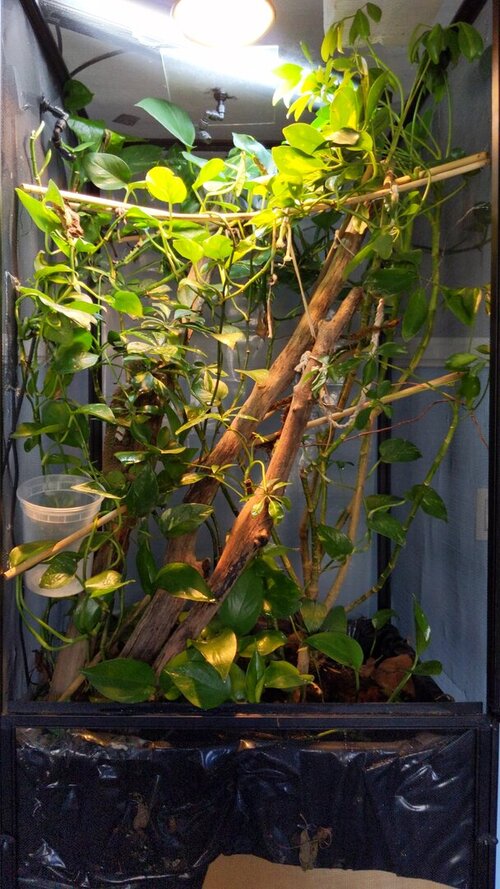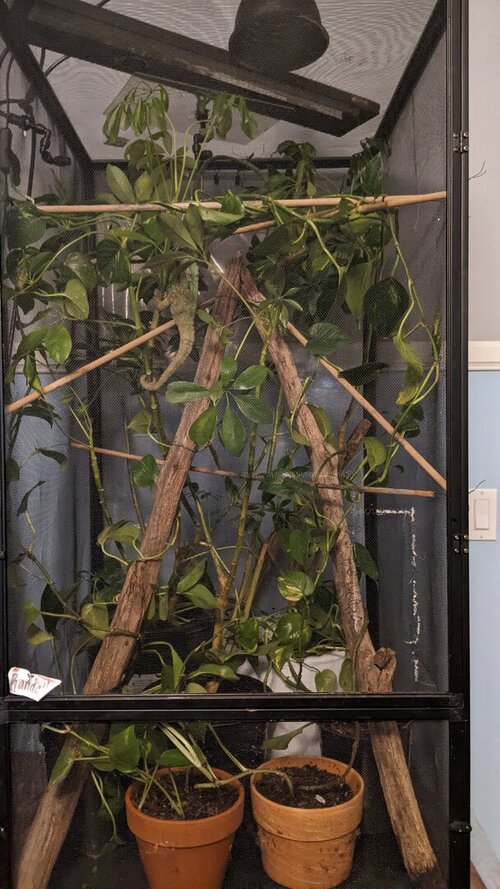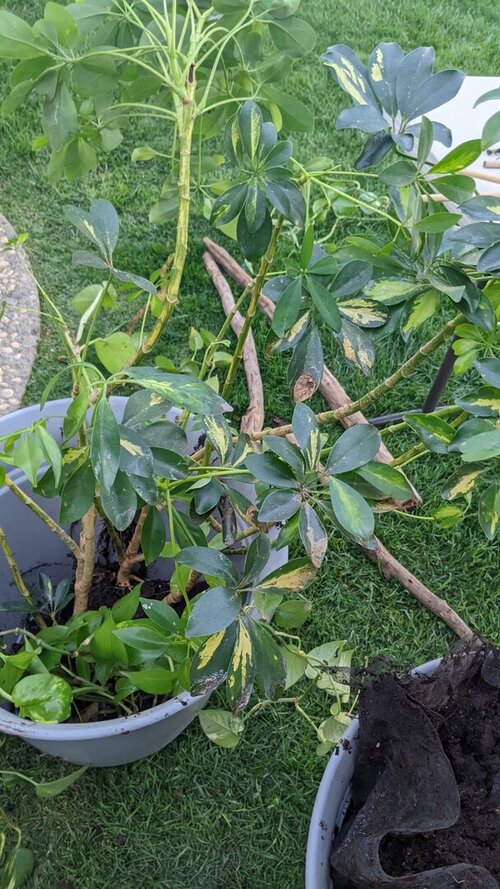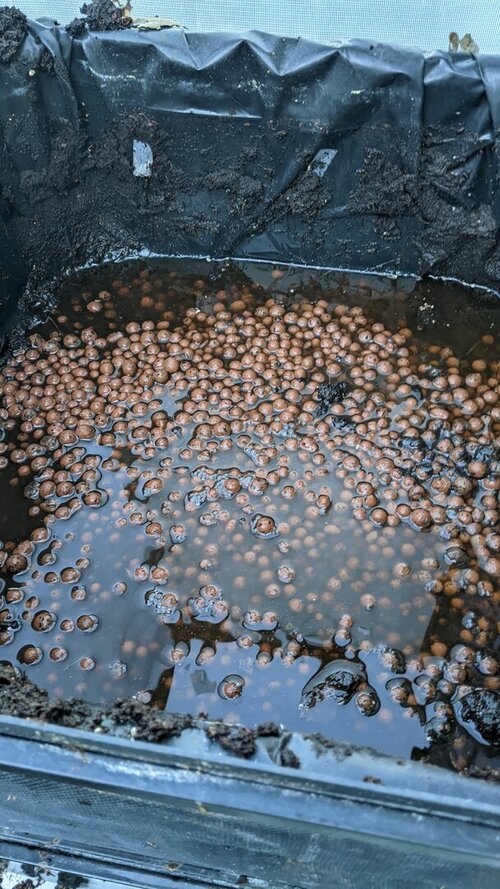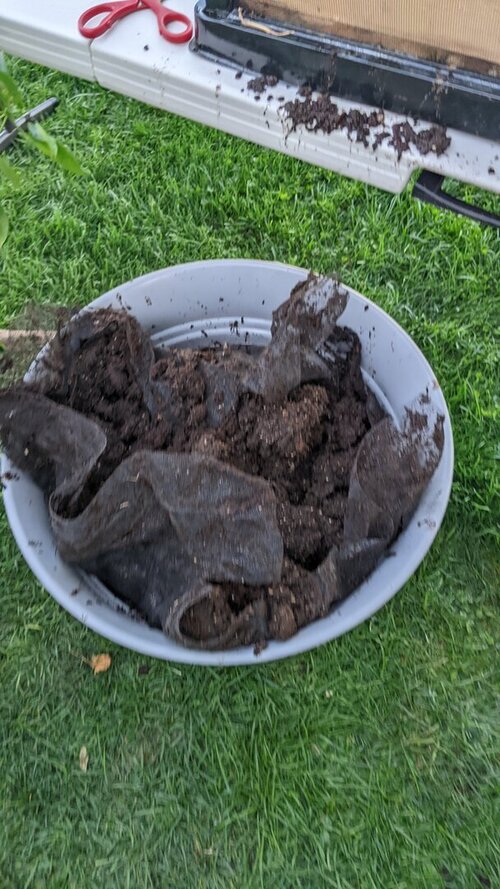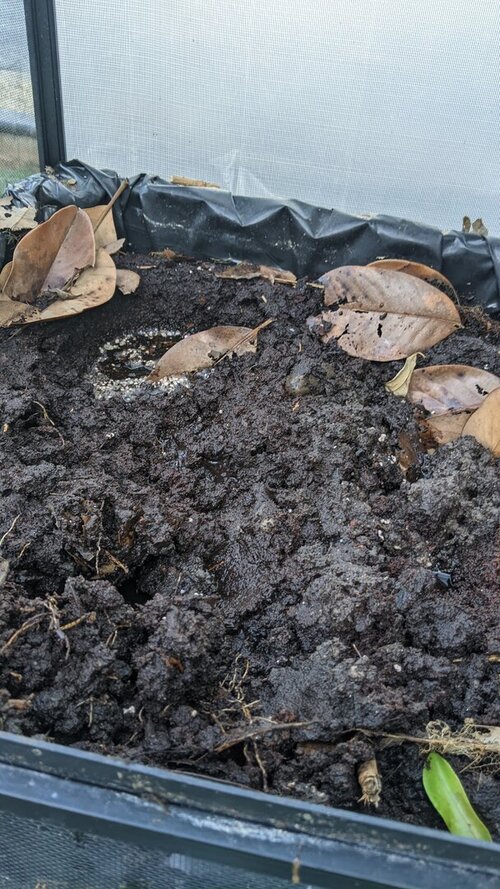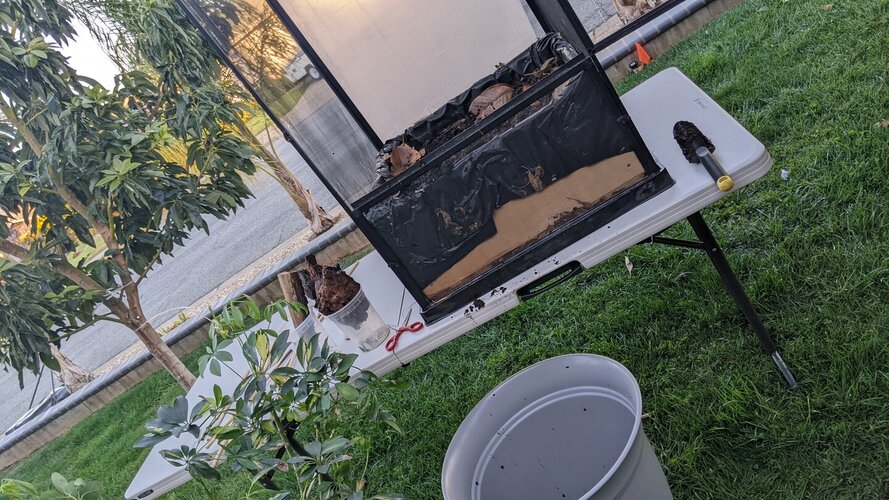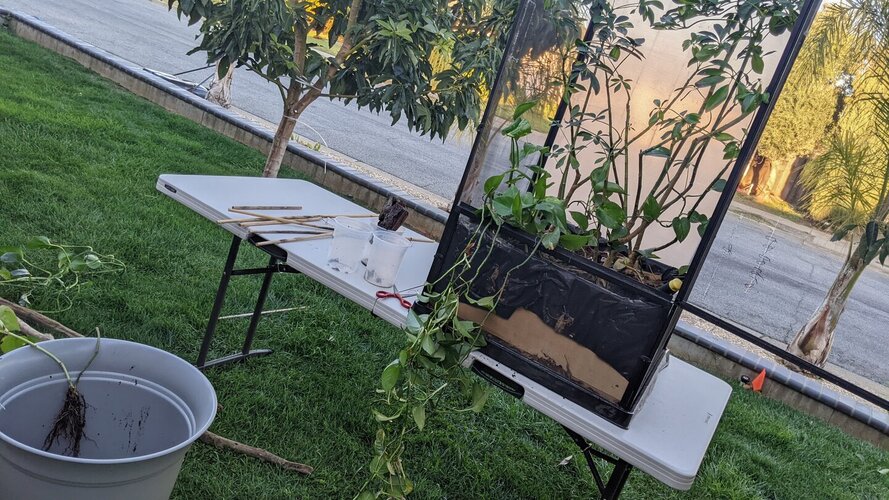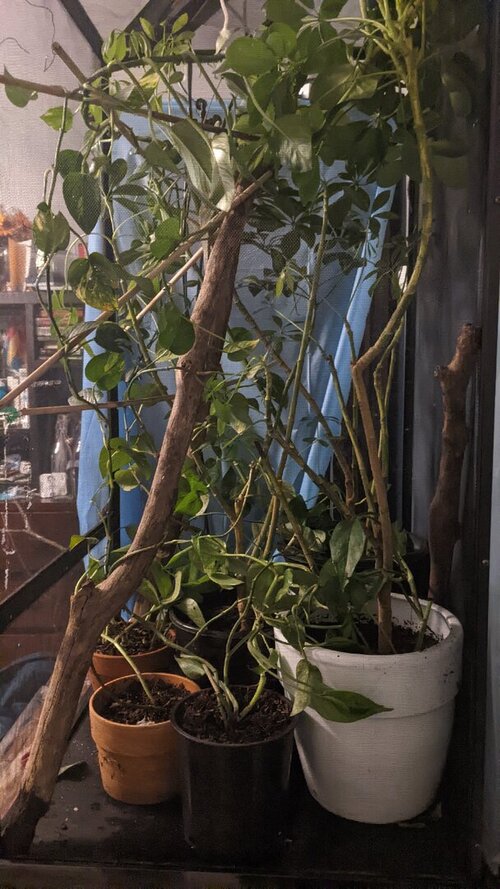Alastair&Anna
Established Member
Ok so, my boy Randall has a bioactive enclosure. Recently I have noticed puddles in the dirt. It seems swampy now, and it leads me to believe that the drainage layers aren't working? My mistaking seems to be over watering or smth so I decreased the time from 2mjb to 1:30. How can I solve this issue?

